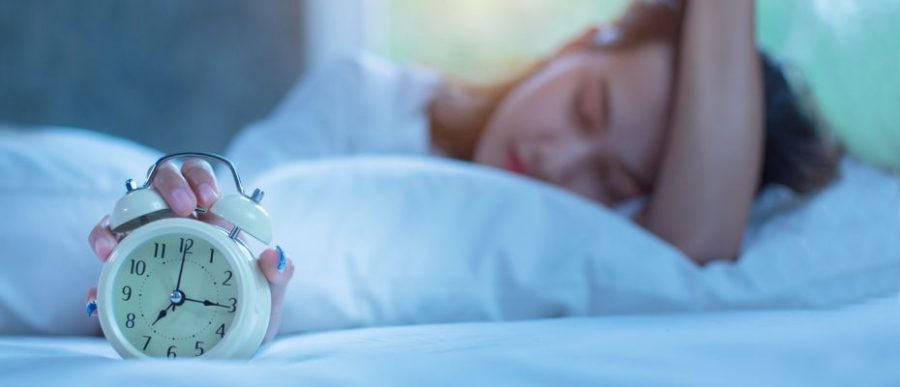The scoop on sleeping stress and pain free
Waking up with a pain in your back or crook in your neck, is no way to start off a healthy and productive day. A large misconception about sleep positions is that lying on your side is the best bet for your comfort and health. Many people prefer different things, but the number of hours you get a night isn’t the only thing you should be cognizant of while going through that essential rapid eye movement (REM) cycle.
Although there are many pros and cons associated with sleeping on your back, studies have found it to be the best for health benefits. Many people believe it to be uncomfortable, and are correct in knowing it worsens snoring. However, what few realize is that sleeping on your back is the best position for reducing pain, neutralizing your spine position, releasing pressure from the head, neck, and back. Supporting your head above your stomach reduces instances of acid reflux. If you are one for comfort in the morning, your back pain will surely decline after lying on your back for a few nights.
The side-lying position is the most popular to adults and is the best scenario for those with sleep apnea or those looking to avoid snoring up a storm. However, for those worried about their future skin’s sake, Sleep.org says, “Fifteen percent of adult choose to sleep on their side, but there’s one downside: It can lead to wrinkles because half of your face pushes against a pillow.”
If you are looking to relieve stress, sleep is the most important thing. The stress hormone, Cortisol, is significantly reduced by the right amount of healthy sleep. Remembering to get enough hours of sleep is crucial, but the way you lie down can determine your mental and physical pain the morning after a stress filled day.

Taylor Anderson is a Senior at South Lakes and is the Co-Editor in Chief for The Sentinel. She is a part of the SLHS varsity cheer team, and really dedicates...













